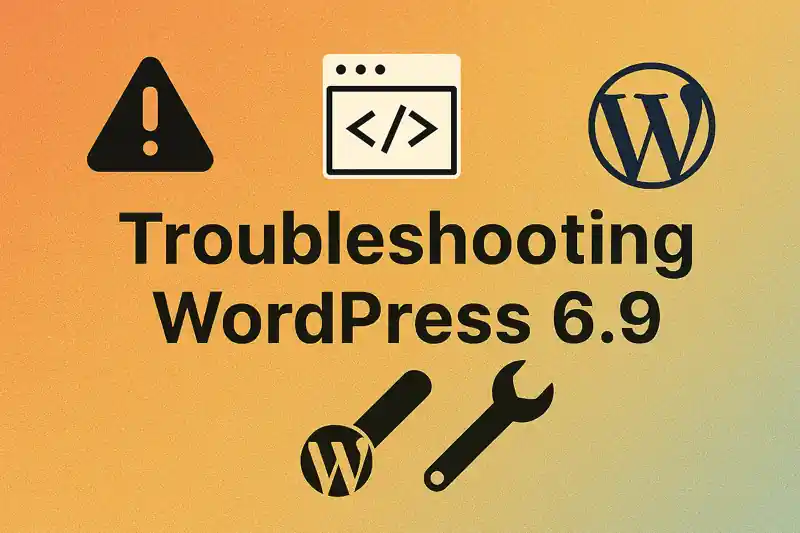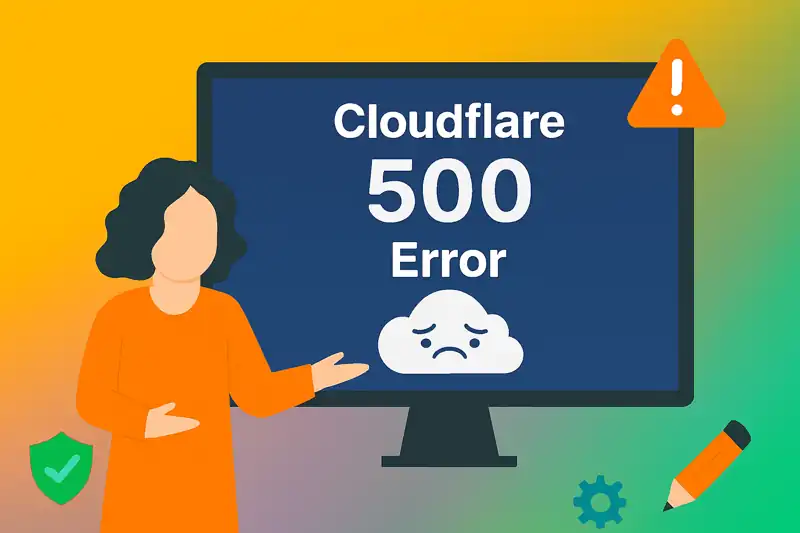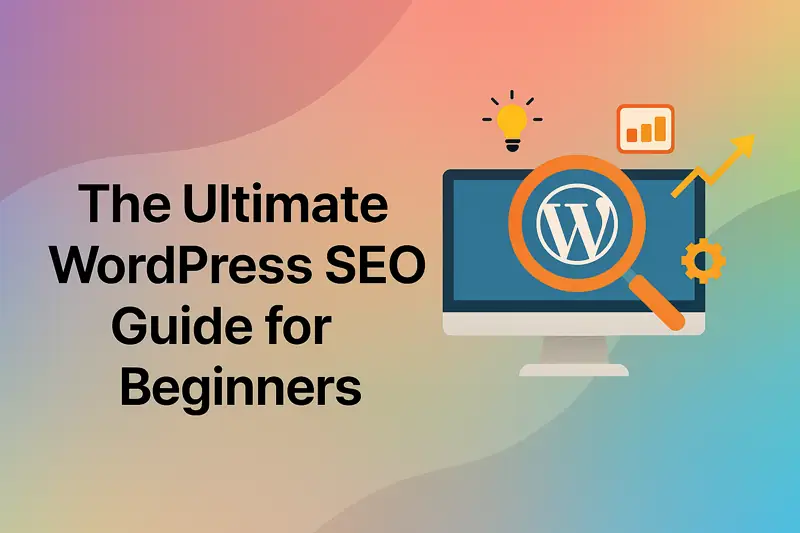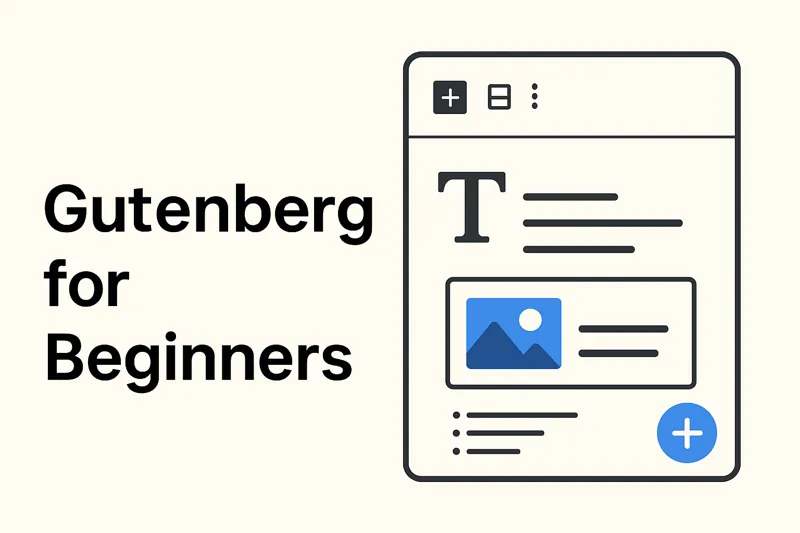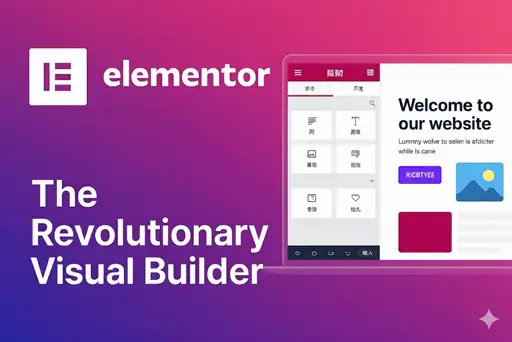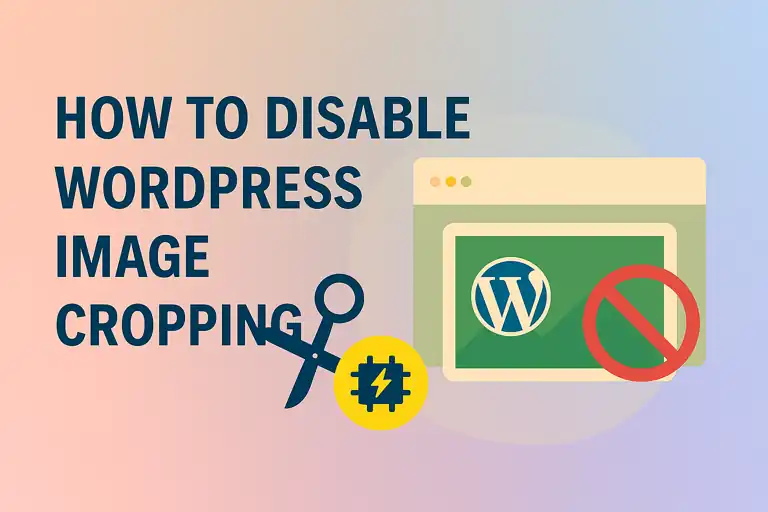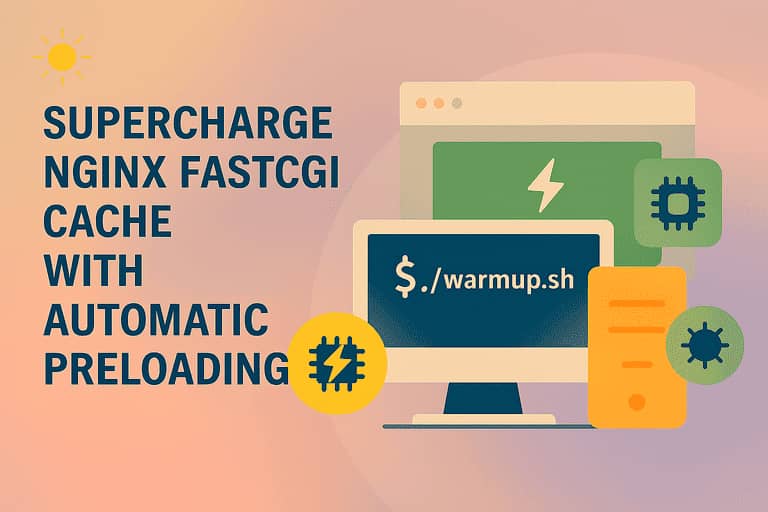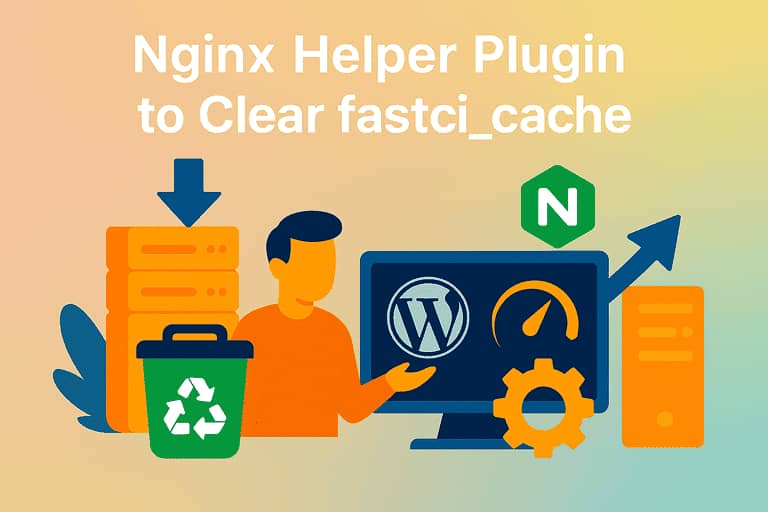In today’s fast-paced digital landscape, website speed is not a luxury—it’s a critical component of success. A slow WordPress site will lose visitors, frustrate users, and suffer in search engine rankings. Fortunately, with a series of proven WordPress performance optimization techniques, you can significantly speed up your website, improve user experience, and ultimately, drive growth.
This guide will explore why speed is crucial, analyze the key factors that impact performance, and provide a practical checklist—from basic to advanced—covering everything from hosting and image compression to caching and CDNs, helping you build a high-performance WordPress website.
1. Why is Website Speed Important?
Website speed, often measured as page load time, directly impacts two of the most important metrics for any online presence: User Experience (UX) and Search Engine Optimization (SEO).
- User Experience & Conversion Rates: Studies consistently show that if a page takes longer than 3 seconds to load, more than half of mobile users will abandon it. For e-commerce sites, a 1-second delay in page load time can lead to a 7% reduction in conversions. A fast website retains visitors, reduces bounce rates, and directly improves user satisfaction and sales.
- SEO & Google Rankings: Google has officially confirmed that site speed is a significant ranking factor. With the introduction of Core Web Vitals, performance metrics like Largest Contentful Paint (LCP), Interaction to Next Paint (INP), and Cumulative Layout Shift (CLS) have become essential for evaluating page experience. In Google’s eyes, a slow website is a low-quality website, making it difficult to achieve top search rankings.
In short, a fast website equals higher user satisfaction, longer visit durations, lower bounce rates, better conversion rates, and superior SEO rankings. WordPress performance optimization is an investment with an extremely high return.
2. Factors Affecting Website Speed
To optimize effectively, you must first understand what’s slowing your WordPress site down. The main culprits include:
- Web Hosting: Cheap, low-quality shared hosting is the number one cause of a slow website. Server response time, hardware, and bandwidth dictate the upper limit of your site’s speed.
- Page Size: Large, unoptimized images and bulky CSS and JavaScript files increase the total size of your page, which lengthens download times.
- WordPress Configuration: Not using caching, having a bloated database, and running too many background processes consume server resources.
- Themes & Plugins: Poorly coded, bloated themes and plugins can create excessive HTTP requests and database queries, severely slowing down your site.
- External Scripts: Third-party scripts for ads, fonts, analytics, and social media add extra load time.
3. Essential Performance Optimization Techniques
By following these proven techniques, you can systematically speed up your website.
3.1 Choose a Quality Hosting Provider
This is the most fundamental and important step. No amount of optimization can fix bad hosting. Choose a high-performance host that is optimized for WordPress and offers:
- SSD (Solid State Drives): Significantly faster than traditional HDDs.
- Latest PHP & MySQL Versions: Newer versions offer better performance and security.
- Server-Level Caching: Technologies like Varnish or LiteSpeed Cache.
- Excellent technical support and uptime guarantees.
- Top Picks: SiteGround, Bluehost, or WP Engine excel for WordPress.
3.2 Use a Lightweight and Well-Optimized Theme
Avoid bloated themes that come packed with countless features and scripts you’ll never use. Choose a lightweight theme built for speed and performance with clean code, such as Astra, GeneratePress, or Kadence. These themes provide a solid foundation for a fast website.
3.3 Optimize Images (Compression & Proper Sizing)
Images are often the largest files on a webpage. Image optimization is one of the quickest ways to see a dramatic improvement in speed.
- Compress Images: Before uploading, use a tool like TinyPNG or a WordPress plugin like Imagify or ShortPixel to compress your images. This can reduce file size by over 50% without a significant loss in quality.
- Use Proper Dimensions: Don’t upload a 2000px wide image to display in a 500px wide container. Crop and resize your images to the exact dimensions they will be displayed at.
- Use Next-Gen Formats: Use modern image formats like WebP, which offers smaller file sizes than JPEG and PNG at comparable quality. Many optimization plugins can automatically convert your images to WebP.
3.4 Use a Caching Plugin
Caching is the core technology of WordPress performance optimization. It works by creating static HTML copies of your pages, which prevents the time-consuming process of running PHP scripts and querying the database every time a user visits. When a user returns, the server delivers the much faster static copy.
- Recommended Caching Plugins:
- WP Rocket: A powerful, easy-to-configure premium plugin widely considered the best on the market.
- LiteSpeed Cache: The best free performance choice if your host uses a LiteSpeed web server.
- W3 Total Cache / WP Super Cache: Powerful and popular free options with a large user base.
3.5 Use a CDN (Content Delivery Network) – Introduction
A CDN (Content Delivery Network) copies your website’s static assets (images, CSS, JS files) and distributes them on servers around the globe. When a user visits your site, the CDN delivers these assets from the server geographically closest to them. This dramatically reduces latency by shortening the physical distance data has to travel. It’s especially important for sites with a global audience.
- Popular CDN Providers: Cloudflare, Bunny CDN, and KeyCDN. Cloudflare offers a generous free plan that is perfect for getting started.
3.6 Reduce Plugin Bloat
Plugins are a strength of WordPress, but they can also be a performance drain. The principle is “less is more.”
- Quality over Quantity: One well-coded, complex plugin can have less impact than ten poorly coded simple ones.
- Regular Audits: Periodically review your plugins and delete any that are non-essential or no longer in use.
- Look for All-in-One Solutions: For example, one comprehensive security plugin is often better than three separate ones with overlapping features.
3.7 (Advanced) Database Optimization
Over time, your WordPress database accumulates a lot of “junk” data, like post revisions, trashed comments, and expired transients. Database optimization reduces the size of your database and improves query efficiency.
- Use a Plugin for Optimization: Plugins like WP-Optimize or the database tools in WP Rocket can help you safely clean your database tables and remove unnecessary data.
- Limit Post Revisions: Adding
define('WP_POST_REVISIONS', 3);to yourwp-config.phpfile limits the number of revisions stored for each post.
3.8 (Advanced) Minify Code (HTML, CSS, JavaScript)
Minification is the process of removing all unnecessary characters (like whitespace, newlines, and comments) from your HTML, CSS, and JavaScript files to reduce their size. Furthermore, Combining files can merge multiple CSS or JS files into one, reducing the number of HTTP requests your site has to make.
- How to Implement: Most good caching plugins (like WP Rocket and LiteSpeed Cache) have built-in features for minification and combination that can be enabled with a single click.
3.9 Advanced Tweaks
Take performance further with these expert tips:
- Browser Caching: Cache static files on users’ devices.
- Async Loading: Defer non-essential CSS/JS.
- Lazy Loading: Extend to videos and iframes.
- Performance Tools: Test with GTmetrix or PageSpeed Insights.
WordPress performance optimization is an ongoing process, not a one-time fix. From choosing high-performance hosting and a lightweight theme to making image optimization a habit and configuring a caching plugin and CDN, every step you take brings significant speed improvements. By implementing the strategies in this guide, you can ensure your website is not only powerful and functional but also blazing fast, giving you a competitive edge in today’s demanding digital world.
